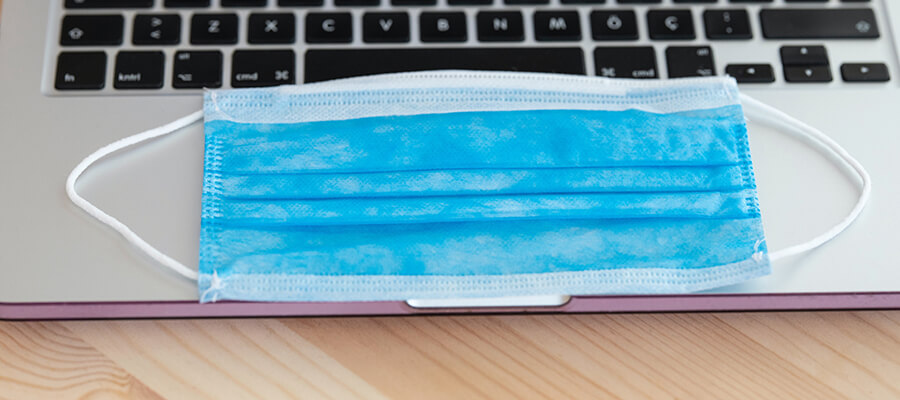The government emergency committee issued a guide and general plan for the progressive return to work activities[1]. The guide seeks to establish a progressive return process by considering factors such as sectors involved, locations, population density, nature of activities, location of employees, identification of personnel at risk, among others. Primarily, the guide establishes:
Productive activities will be resumed gradually and by region or area in accordance with the guidelines issued periodically by the emergency committee.
To begin work activities, the following general guidelines, among others, should be taken into account:
- Employees who should not go to the workplace:
- People with symptoms associated with COVID-19 until a confirmed positive case is ruled out.
- People who have been in close contact with or shared a physical space without maintaining a safe distance from a confirmed case of COVID-19, even in the absence of symptoms, for at least a 14-day period.
- People in priority groups and people at risk, such as people with disabilities, the elderly, pregnant women, or those with catastrophic illnesses or medical conditions.
- People over 55 years old because they are considered to be at risk.
- Commute:
- Keep a safe distance from other people.
- Mandatory use of mask. Wash hands and disinfect before and after using public transport.
- Individual transportation is preferred when possible.
- Workplace safety:
- The rules for risk prevention and control must be explained to employees.
- Information on employees’ health must be recorded and their temperature must be taken on entry.
- Adequate hand washing with liquid soap and disinfection must be carried out on entry to the workplace and after touching surfaces and being in common areas.
- It is essential to wear a mask throughout the working day.
- Employees should keep a safe distance of at least 2 meters from others at all times.
- Non-essential common areas must be closed, and adequate social distancing procedures must be established for necessary common areas.
- Work entry times must be staggered to avoid crowding.
- If keeping a safe distance is not possible in the workspace, the possibility of redistributing tasks, modifying work schedules, and/or remote working should be considered.
- In establishments open to the public, measures must be implemented to minimize contact between employees and clients or the public. Distance shall be kept and the workplace shall be cleaned and disinfected after serving a client, between shifts and during resting times.
- Organizational measures:
- Personnel must be provided with hygiene products adapted to each specific activity, such as liquid soap, tissues and 70% alcohol hand sanitizer.
- There must be sufficient cleaning supplies.
- There must be a sufficient supply of protective material according to the risk to which the employee or official is exposed.
- A contingency plan must be drawn up identifying the biological risk of the different activities carried out in the workplace, adopting protective measures in each case in accordance with applicable regulations. Moreover, mechanisms to identify, isolate, record and report cases of employees showing signs and symptoms in their workplace must be put in place in order to prevent the spread of COVID-19.
- In companies with on-site health care facilities, having diagnostic tests is suggested to activate the protocol if an employee becomes symptomatic.
- Employees who test positive should be monitored, implementing the current health protocols together with the nearest health facility.
- Employees’ obligations:
- Comply with all preventive measures established by the employer.
- Keep a safe distance of at least 2 meters from others.
- Avoid physical contact when greeting each other, including handshaking or kissing.
- Avoid using other employees’ equipment and technological devices.
- Do not share or reuse other employees’ personal protective equipment.
- Frequent hand washing with water and liquid soap.
- If you notice symptoms, report them to your occupational physician, Human Resources department or occupational health or safety officer so that they can take the necessary precautions and coordinate the medical evaluation.
- Report if you have been in contact with people who have been diagnosed with COVID-19.
The guide also contains specific guidelines per sector, for waste management, etc.
[1] https://coronavirusecuador.com/wp-content/uploads/2020/04/Gui%CC%81ayplangeneralparaelretornoprogresivo.pdf
Editorial Board



